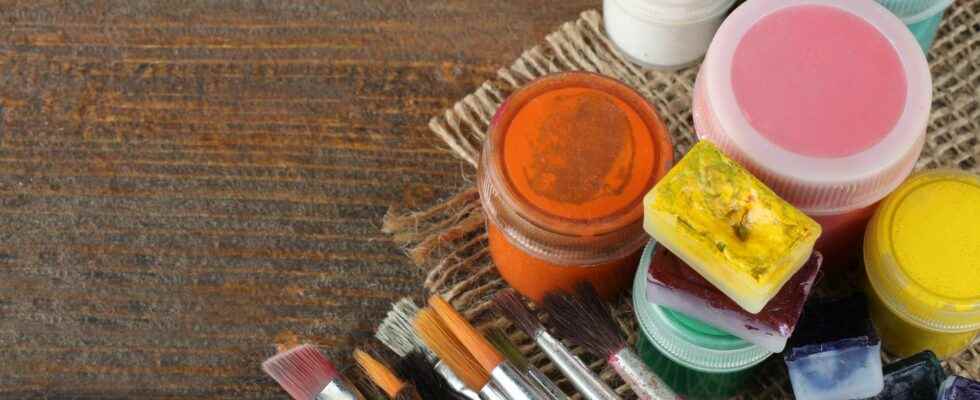Painting on fabric is a great solution to revive a tee that has a few stains, modernize fabric shoes or brighten up a tote bag. The possibilities are so numerous that it would be a shame not to test this type of DIY! Discover some tips for painting on fabric…
You will also be interested
[EN VIDÉO] Superconducting textiles If superconductivity exists at room temperature, imagine there close to the body, in sports accessories.
In recent years, the “Do It Yourself”, more commonly known as the DIY (in French, Do it yourself), is an essential concept. Its goal ? Avoid wasting, reuse, breathe new life into products you get tired of, or save money. This is a trend that can be applied to many areas: the decoration, cosmetics, clothing, etc. Nevertheless, DIY sometimes requires investing in certain basic products such as paint as part of fabric painting.
What type of paint to choose to apply on fabric?
There are indeed different kinds of paints that can be used for the customization of clothes, shoes or why not a tablecloth. Acrylic fabric paint is, as its name suggests, specially designed to be applied to textiles. It is often packaged in bottles, but also in the form of tubes with end caps, sprays or felts. There is a type of puffy fabric paint for creating clean edges.
The acrylic paint standard can also be used as a fabric paint provided it is mixed with a textile medium. The proportions to be respected are of the order of 50% paint and 50% medium. Silk painting is a little different and more like ink. Depending on the type of paint, it sets with steam or heat from iron.
What type of fabric to paint on?
In principle, all types of fabrics can be painted. Nevertheless, it is advisable to carry out a test on a sample to make sure that the paint impregnates correctly. the textile. This test will also serve as a training session to master the gestures and the quantity of paint to apply to the fabric to obtain the expected result. Some fibers like linen, viscose or silk will quickly absorb the paint. Cotton is also ideal for painting. Fabric paint can also adhere to polyester or mixed textiles. Some fabrics turn out to be very thick like jeans, upholstery, velvet. It is advisable to use a covering paint.
Note that painting on a fabric of color clear will give a more visible result than theapplication black, navy blue or dark brown fabric paint. Your choice of fabric will depend on the result. Nevertheless, on a colored textile, it is advisable to choose a color paint dark to be visible.
How to paint on a fabric?
- First, the textile support must be freshly washed before the fabric paint can be applied. It is advisable to iron it, especially in the case of a T-shirt, to prevent creases from obstructing the paint.
- Note that the fabric paint should be quite liquid to absorb easily. It should therefore be diluted with water if necessary.
- Do not hesitate to slip a piece of thick cardboard under the area to be painted to prevent the paint from piercing the fabric. It can be applied using a fine brush, cut-out sponges, special markers which will make it easier to trace the patterns or sprayed on depending on the paint chosen. You can also use or create fillable stencils or shapes cardboard-based full around which to paint.
- To paint a drawing with details, it is advisable to materialize it beforehand on paper, then to transfer it to the fabric with a pencil Where a chalk. You can easily follow the line with the brush or the marker.
- Finally, when the painting on fabric is finished, it should be left to dry for 24 hours before being able to handle the textile, then 72 hours before the first washing.
Interested in what you just read?
